|
About two weeks ago, some generous friends invited Mahmoud and me to share a cabin with them in Michigan’s Upper Peninsula. I had just wrenched my ankle badly and probably should have avoided a walk along the stunning white sands of Lake Superior. But the call of the water, the rhythmic waves, and the sandy white beach were far too hypnotic to resist. So, I found myself hobbling along the edge of the water, bending down to collect as many colorful, sparkling, water lapped rocks as my pail could carry. Then suddenly I remembered the precious gift of a rock that a colleague had found at a nearby beach and thought of me some years ago. It was a small, brown stone with a cool, smooth surface. Except, of course, for a few indentations—a few well-placed strokes left behind by nature. Even before I had made the connection, Nan explained what was strangely familiar about it: “Looks like some kind of script—maybe Persian or Arabic?” Nan asked me. It just looks so cool and I thought you should have it.” Sure enough: On the face of the stone these nicks and scratches somehow bore a striking resemblance to Persian (Farsi)! (If you'd like a preview, scroll down and take a peek at the bottom.) It was a gift in my day that I hadn’t expected—all the more because Nan looked as excited as I was. Here was a colleague, a kindred spirit, who regarded this “treasure” with the same eyes that I did. After thanking her warmly for what she had “bequeathed” me, I wrapped it in a tissue to take home to Mahmoud. I really wasn’t sure what would come of it: I mean, a Persian message on a Michigan rock? Its Eastern script like appearance should have been cool enough . . . but when Mahmoud told me he could actually read something (?!), I morphed into a kid who believed in magic again. “So what does it say?” I asked eagerly (and a little impatiently). “Well…what do you know? I can just make out words that read ‘Emdad gheibee' (امداد غیبی),'' he offered. “Translated, it means something like ‘Help from Beyond.’” "Help from Beyond"! Could this really be possible: A genuine message . . . with a touch of mystery to it? I truly wanted to believe in the magic—but I wanted confirmation from other Iranians. So I showed the rock to four other people--and what do you suppose happened? Every Iranian read something different and wonderful: --The first one saw اسد الله ("Asad Allah"), which means “Lion of God.” --The second one saw اسرار ("Asrar"), translated as “secret.” --The third one saw دسر ("Deser"), the word for “dessert.” . . . And the fourth one ended up seeing a picture: a woman on each end with two kids in the middle! So, how to explain this perplexing mystery? The "script" was just clear enough to appear to be readable--and at the same time just vague enough to require some interpreting! It's a wonderful reminder of yet another mystery: how we can view the same "picture" and yet see it quite differently! How aptly this describes the learning curve I experience at times when learning to see things from another culture’s point of view! (Of course, people from the same culture often view the same picture and see it differently as well!) So the "mystery rock" now awaits your interpreting, whether or not you are Iranian! If you would, please tell us what you see "inscribed" on it. A photo of Nan's gift is presented below, along with the script interpretations already mentioned above. امداد غیبی' Help that comes from beyond
اسد الله Lion of God اسرار Secret دسر Dessert … plus the image of two women with two children in between! *** So, thanks for letting me be a kid again! And happy future hunting of your own “mystery rocks”!
0 Comments
(For the recipe, go directly to the bottom) In 1981, when I was attending a master’s program in Spanish at the University of North Carolina at Chapel Hill, I developed a secret crush on the driver of the campus shuttle bus I took every day (this was at a time and place before Mahmoud!) His name was Andy, and it was definitely his soulful eyes that got to me. But evidently he had noticed me too, because within a couple of weeks of my becoming a regular passenger, he asked me out one sunny fall day, when I was the last one to exit the bus! Our first “date” was lunch in his bachelor apartment, a meal sweetly prepared by his own hands. But for the life of me, and to my embarrassment, I can’t remember what Andy served me that day. That is, all but a side dish that struck me as strange: a bowl of gleaming white yogurt. Plain. Stark. And unsweetened at that! Okay, I got it. One glimpse at Andy’s build and it was clear the guy must have been working out regularly. Apparently, he was committed to a healthy diet to match. When I said, “I see you eat your yogurt plain,” as casually as I could, I was surprised and relieved when he just laughed out loud and playfully finished my secret thought for me, saying “Yeah …what’s up with that?” As it turned out, Andy’s glaring bowl of stark white yogurt led to a fun discussion. About the fact that Andy actually preferred the taste of plain, unsweetened yogurt to the popular, ready-made, jam-laced variety in the grocery stores. That he liked the creamy, rich, whole milk version over the low-fat variety. And that if I were to give myself half a chance, I might develop a taste for it, too. Little did I know that twelve years later I would be living in a whole other region of the world, joining my husband and his Iranian family in a feast of amazing dishes, among which included—now get this—little bowls of gleaming fresh white yogurt, waiting for someone to scoop up a dollop of it with a wedge of Persian-style flatbread! Go figure. And little did I know that thirty years after that, I would be sharing with you, my readers, one of my favorite recipes for a hot summer day! A Persian recipe that can serve as a main dish, a side dish, a cool and refreshing soup, and yes, even as a dessert! A dish whose main ingredient consists of—yes, you guessed it—creamy, white, rich, refreshing yogurt! And with all kinds of delicious, natural ingredients in it. Like diced cucumbers. And fresh mint. And dill. And green onion. And walnuts. And golden raisins. But not jam. Or added sugar. What do the Iranians call it? Mast-o khiar (mahst-o-khee-yar)—literally meaning “yogurt and cucumber.” My review? It’s light, it’s refreshing, it’s healthy and flavorful, with just enough “sweet” and just enough “savory.” Are you intrigued at all, or at least curious? I hope so, because then maybe you’ll check out the recipe for yourself (below). As my friend Andy told me, if you give yourself half a chance, you might find you enjoy it—especially on days it’s too hot to cook! If you do try it out and you like what you taste, please let me know in the comments section! Happy eating—and enjoy the summer! The mast-o khiar recipe follows below: RECIPE
Yogurt and Cucumber: Mast-o Khiar* 1 long burpless cucumber ½ cup golden raisins 3 cups plain yogurt (whole milk recommended) ½ cup sour cream ¼ cup chopped scallions 1 tablespoon chopped mint 2 tablespoons chopped fresh dill weed 2 cloves garlic, crushed 3 tablespoons chopped walnuts 1 teaspoon salt ¼ teaspoon ground pepper ½ teaspoon chopped fresh or dried mint for garnish 1 dried rosebud and a few petals (optional)
Variation: This may be transformed into a refreshing cold soup by adding one cup of cold water and two or three ice cubes to the mixture. *Please note: This recipe is shared by permission of Ms. Najmieh Batmangli, master chef and author of Food of Life: A Book of Ancient Persian and Modern Iranian Cooking and Ceremonies (1986). Washington D.C.: Mage Publishers, Inc. [Finally, confidentially to Andy: Wherever you are, thank you for introducing me to plain yogurt: You were right on target! I wish I could send you this recipe to thank you with!] Dear Mahmoud: Happy 35th anniversary! (since our wedding on June 25, 1988!) When I was 16, I came across an article that struck me—one where the (female) author made an intriguing conjecture about women: “Unconsciously,” she said, “We don’t want to marry someone just like our fathers; we actually want to marry someone just like our mothers.” Hmmm. Was that true—at least for a good number of us women? I pondered its meaning for thirty seconds or so. But somehow the notion remained in my head. Seven years later my mother died at 54, and six years after that I met you. And that’s when I understood the author’s words. I had fallen in love with someone—a sweet man from Iran—with something in his makeup that reminded me of my mother! It isn’t just that you’re a nurturer by nature, just like Mom was in her strong, yet understated way.
And it isn’t just that you’re generous to a fault, by which you freely give away your time, talents, and acts of service, like Mom did. It also lies in the uncanny and quirky coincidence of qualities you share—I mean, my darling Mom and the darling man I married:
Had Mom been alive, I believe she would have been the first in my family to understand that you were for me. And you were the first between you and me to find Mom’s graveside again when we returned from Iran after four years away. The truth is—without ever having met, you are kindred spirits in my eyes, and you both still bloom in my heart. How deeply and gratefully I celebrate you both on our thirty-fifth (coral) anniversary! Her name is Mitra Farrokh, she is 28 years old, and she lives with her husband in Iran’s capital Tehran. Although I am actually the American wife of her second cousin and not of her uncle, I like how she still calls me “Zan Daeii” (“Uncle’s Wife”), just like my husband’s actual nieces and nephews do--since there is no special term of endearment for “cousin’s wife” in Persian. Because of her vibrant and free-spoken nature, Mitra has endeared herself to me too, and she has a way of bringing out the playful side of me! Coincidentally, she shares a birthday with Mahmoud’s and my son “Niki” (Nikiar)—right down to the very year and day! In the following 17-minute videotaped interview*, Mitra will share some details about herself, including important decisions she made for her life growing up. She will also share her observations of how certain cultural practices have been changing in Iran. *Please note that because of limited internet access currently in Iran, video and sound quality will be impacted during the interview replay. Thanks to my viewers for your understanding, and a special thanks also goes to Ms. Mary Landrum, whose technological talents made posting the videoclip possible.
I very much appreciate your attention and interest! If after the interview you have any questions or comments for Mitra, please feel free to enter them here or in the “Comments” section that follows the video. Mitra, we thank you [Kheilee mamnoon] for being the fifth person to take part in this interview series! Finally, Friends and Readers, you will also find Mitra’s video interview on YouTube! (Please invite others to view as well) April is National Poetry Month! As it turns out, many believe that some of the most philosophical, romantic, and lyrical poetry in the world comes out of Persian culture—going back thousands of years of recorded history. So, this seems an appropriate month to recognize some Persian poetry—and to have a taste (or retaste) of it! Some of us poetry aficionados may recognize the big names of Persian poets like Hafez, Saadi, Ferdowsi, and Khayyam (whose famous translated works appear in the popular book The Prophet). And if you happen to be of Persian heritage, chances are that either you or someone you know of like heritage can recite poetic verses by heart when they feel so inspired—something I admire a lot about Iranian culture. Back in the day, when my husband and I were first dating, the mere sound of some of the love poetry he recited spontaneously would play on the strings of my heart. And they still do. Of course, love poetry across the world is often complicated, expressing a contradictory mix of feelings like joy, longing, fulfillment, loss, grief, and hope. Poetry that reverberates and is often meant to be read aloud. And if the poem is both heard and enacted—engaging the senses of both sound and sight—perhaps it can be appreciated all the more. It just so happens that there is an ancient Persian poem written three centuries ago, commonly referred to as Navaii (pronounced “Na-vah-EE”)--but better recognized in Iranian popular culture as a folksong by the same title. Although there are conflicting views on the origin of the poem and what the title means, most sources agree that among other possible meanings, the word navaii can refer to a sound proclaimed, as in a song. At face value, this poem-turned-folksong seems to refer to a grieving lover’s broken heart over a lost love. But others interpret it as referring to love on a more transcendent, spiritual plane—to a land of love where the heart, “a wild bird,” seeks to dwell and find its true home. In recent days and weeks, Navaii has been circulating on YouTube across cultures and continents. And it is presented both visually and vocally by the beautiful Iranian American actor/artist Niousha Noor—who enhances the richness of its presentation with fellow world citizens singing across the globe. As we witness and take in the melancholy of this simple poem—bemoaning the universal human experience of love lost or betrayed—we also detect an unmistakable spirit of love and hope among the singers. Given the words of grief and suffering in the poem (see English translation below), how can love and hope also be so evident? I believe they come from a collective empathy, that transcendent love, and a solidarity shared among the singers—who in turn invite us into a solidarity of hope. Hope for whatever is needed, hope for love to win out. What do you think? Interestingly, April is also the National Month of Hope. I hope you’ll take two minutes to click onto, watch, and listen to Navaii--this old Persian poem sung in a new way--as interpreted by Ms. Niousha Noor: (An English translation of the poem follows below.) NavaiiCHORUS Navaii! Navaii! Navaii! Navaii! Your youth passes you by, but its worth you don’t see.
It will not easily return. (Repeat Chorus) 2. How wondrous Is the land of love! In that place, there’s no distinction Between a beggar and a king! (Repeat Chorus twice)
3. Navaii! Navaii! Navaii! Navaii! Everyone else is faithful, But you, O Flower-- You are not. Question: What does the date March 20 mean to you when it rolls around every year? For some, it signals the first day of Spring. For others, including people from Iran, it also marks the first day of their country’s New Year--corresponding to a season of rebirth and starting anew. For a brief explanation of the Iranian New Year Nowruz (pronounced as “No rooz,” and translated from the Persian as “New Day”), please refer to my blogpost on the Nowruz celebration (from March 2022).
Nowruz is a favorite holiday in Iran and one of the longest, officially celebrated for nearly two weeks (this year it will be celebrated from approximately March 20 – April 1). So, if you happen to know or meet anyone from Iran and want to pleasantly surprise them sometime between March 20 and April 1, just wish them “Happy New Year!” in Persian by saying “Saleh no mobarak!” Even if you’re uncertain of how to pronounce the words, your efforts are sure to impress! Being US American, I still celebrate New Year’s Day on January 1. So, in my January newsletter to you all, I declared that as a new year’s resolution I would be more visible to my readers. That means sharing with you more details about me, my current life, and significant others in my life, whether the details relate to themes from my book (Road Between Two Hearts: A Black American Bride Discovers Iran) or something entirely spontaneous or random. I count myself fortunate that I have a colleague and fellow writer who is helping me to do just that! Her name is Elizabeth Ducie, from Birmingham, England. A published author of cozy mysteries (and who doesn’t like a cozy mystery?), she playfully declares on her website that, among other things, she enjoys “telling lies for a living!” She has also made it her business to interview ME as a fellow female author and post the writeup of her interview with me on her blog (where, incidentally, the last time I checked, I didn’t spot a single lie)! I hope you’ll pay a visit to the sites, and, in the spirit of International Women’s Month, read about two women (namely, Elizabeth and me!) for yourselves! While living in Iran in the early nineties, I couldn’t help but notice how rare it was to encounter US Americans. According to the Baltimore Sun (April 14, 1991), only 2000 Americans were in Iran at that time, as compared to the 50,000 who had lived there prior to the revolution. In my four years of living there, I met only two American people. And I saw even fewer people who appeared to be Black like me.
There was only one other woman I saw in those four years whose lips, nose, hair, and skin color told me that she and I shared a Black heritage. Her name was Ms. Fatemeh, a teacher at the local daycare center that our daughter Parisa was attending. I learned from another parent that Ms. Fatemeh was African Iranian—in her case, the daughter of an Iranian father and a Nigerian mother. And she had lived in Iran her entire life! I was delighted! Parisa would have someone else to look up to who actually looked like her! And although Ms. Fatemeh didn’t seem to acknowledge a bond between us (I would nod my head slightly, but she wouldn’t nod back), and although her cultural upbringing was totally different from mine, she was always kind and pleasant. And I found it comforting to see Ms. Fatemeh daily in a country where Black people were few and far between. Or so I thought-- Little did I know that along regions of the Persian Gulf, some 400 miles from Isfahan (our city) is an entire, substantial community also known as Afro-Iranians: descendants of Black slaves, predominantly Arab traders, and the region’s local inhabitants from centuries past. Eventually released from slavery in the nineteenth and twentieth centuries, Afro-Iranians have long dominated this area, practicing and maintaining its own Afro-Iranian culture. It also has endured its own share of racial discrimination. But how was it that I had not heard of this Afro-Iranian (or Black Iranian) community when we were living in Iran? The first time I became aware of it was only last year in 2022. As it turns out, the existence of Black Iranians is not widely known or publicized, even among the larger Iranian population. This is in part because the population is largely self-contained—and also because there are differing views on what it means to be “Iranian,” both literally and historically. But in light of our ever-increasing global community with its ever-increasing valuing of diversity, it looks like the tide may be turning. The awareness of a vibrant Black community in both Iran and the Iranian diaspora is growing. And a community of Black Iranian voices are working to make their presence and contributions known—including individuals of both Black and Iranian heritages in the USA! Specifically, this group in the USA—known as the Collective for Black Iranians—is dedicated to demonstrating to the global community how (in their words), “We are part of the tapestry of what it means to be Iranian.” How, you might ask me, did you come to find out about the Collective for Black Iranians? Answer: From two of my favorite Black American Iranians: our daughter Parisa and our son Nikiar! Twelve timeless titles that explore encounters across cultures, races, or faith traditions1/23/2023 QUESTION: Are you a reader who …
- another race? - other faith traditions?
If you said “Yes” to any of the questions above, chances are that the list below contains titles of books you would really enjoy reading! 1. Funny in Farsi: A Memoir of Growing Up Iranian in America (2006), by Firoozeh Dumas. A delightfully humorous, insightful, and non-politicized depiction of how the author and her parents/family went through cultural adjustment when they moved from Iran to America. Its (2009) sequel is Laughing Without an Accent: Adventures of an Iranian American, at Home and Abroad.
2. Heartbeat of Iran: Real Voices of a Country and its People (2021), by Tara Kangarlou. Sensitive, multifaceted portraits of a diverse array of people living in Iran—based on one-on-one interviews with the author, a recognized Iranian American journalist. 3. The Rumi Prescription: How an Ancient Mystic Poet Changed My Modern Manic Life (2020), by Melody Moezzi. Raised in a Persian (Iranian) household where her dad’s devotion for the ancient Persian poet Rumi becomes an annoyance, the author conducts her own exploration of Rumi’s writings. In the process, she discovers wisdom and guidance from Rumi to successfully battle mental illness and navigate the challenges of modern life. 4. From Scratch: A Memoir of Love, Sicily, and Finding Home (2017), by actor Tembi Locke. A young Black American woman goes to Sicily to study art meets and marries the man of her dreams. In the face of grievous challenges that follow—like her husband’s untimely death and his family’s racism—she rebuilds a meaningful life for her and her daughter. 5. The Catch Me if You Can: One Woman’s Journey to Every Country in the World (2022), by Jessica Nabongo. The first Black woman to visit every country in the world shares a travelogue full of her discoveries of the countries, cultures, and people she engaged with—along with her travel recommendations. 6. Walled in, Walled out: A Young American Woman in Iran (2017) by Mary Dana Marks. A young American Peace Corps English teacher serves in Iran during the Kennedy administration and the era of the Iranian monarchy. In the process, she rides the fascinating and often difficult waves of both cultural discovery and self-discovery, which she writes about with respect, wit, and humility. She also finds cross-cultural romance along the way. 7. Searching for Hassan: A Journey to the Heart of Iran, by Terence Ward (2002). The author, who knew Iran as a child when his American father was living and working there, returns to the country from America forty years later in search of the Iranian people who cared for him and his family so kindly and faithfully—especially a man by the name of Hassan. 8. It’s Not What You Think: An American Woman in Saudi Arabia (2022), by Sabeeha Rehman. An American woman who accompanies her husband to Saudi Arabia accepts an administrative position at a medical facility. There she learns that the common stereotypical view of the Saudi woman as “oppressed” is not an accurate depiction, either personally or professionally. 9. The Good Shufu: Finding Love, Self, and Home on the Other Side of the World (2015), by Tracy Slater. A White American woman sees her life take a completely new turn when she falls in love with and marries a man from Japan, where the couple starts a new life together. Through lived experience, she successfully rises to the challenges of their cross-cultural romance and life in Japan. 10. The Perfect Gentleman: A Muslim Boy Meets the West (2012), by Imran Ahmad. A candid account of a Muslim boy’s experiences when he and his Muslim family emigrate from Pakistan to the UK. In addition, as he chronicles his growth from boyhood to manhood, he engages in intriguing internal reflections, all to reconcile conflicting beliefs and values he observes between cultures and faiths (particularly Islam and Christianity). Its sequel is The Imperfect Gentleman: On an Unimagined Journey (2020). 11. Have a Little Faith: A True Story (2011), by Mitch Albom. A man finds hope and restoration to his own faith through what he discovers by observing two practicing friends of different faiths and communities—a White Jewish rabbi and a Black Christian pastor. 12. The Book of Joy: Lasting Happiness in a Changing World (2016), by Dalai Lama and Desmond Tutu. Two recognized spiritual masters, one from a Christian faith tradition and the other from a Buddhist faith tradition, exchange their thoughts and experiences on dealing with some of life’s biggest questions and challenges. Through their lively and fun-loving dialogue, they demonstrate the potential benefits and joys of interfaith communication and connections. For those of you who don’t know me, I am Leslie: a Black American Christian woman from Columbus, Ohio, who married an Iranian man and lived four years with him in post-revolutionary Iran. This has led to a lifetime of cross-cultural, interracial, and interfaith experiences for me, both domestically and abroad (1992-1996). It is also the reason I have started this website: so that I may share some discoveries, personal insights, and resources with those of you who might want to know. Not only about what life in Iran was like then compared to now, but what living across cultures, races, and faith traditions required of me--and the rewards and challenges I gleaned from it in return. Of course, I am not the only one who has something to say about cross-cultural, interracial, and/or interfaith relations, and I am not the only one with a personal story to tell. This is why I’ve compiled this list of readings that represent other voices and other people’s stories. I hope some of you will have the chance to read and enjoy then, especially as you note both parallels and differences across stories. Finally, if you would like a more complete reading list of twenty timeless titles instead of just twelve, you can access it at the link. Best wishes, Leslie December is a multi-holiday month! A time of year when folks of various convictions and faith traditions commemorate moments in history that offer their people hope and inspiration: 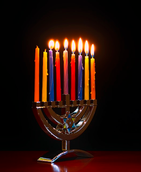 (Courtesy of Robert Thiemann of Unsplash.com) (Courtesy of Robert Thiemann of Unsplash.com) · Hanukkah (celebrated this year from December 18 to December 26) commemorates when the Jewish people in ancient times overcame their Greek oppressors—symbolized by the progressive lighting of eight different candles, intensifying the warmth and light with each passing day. 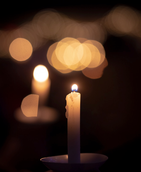 (Courtesy of Tim Umphreys of Unsplash.com) (Courtesy of Tim Umphreys of Unsplash.com) · Christmas (celebrated December 25) commemorates the birth of Jesus Christ, embraced in Christian tradition as a “light that shines out of darkness,” offering hope and guidance to people’s hearts.
In this season, when people all over the world are waiting for light to prevail, may we each find what we need or the light we are seeking—especially the peoples of Iran and Ukraine at this time.
Her name is Ghazal Kashi (not to be confused with our second interviewee, Ghazaleh Kashi, whose name looks quite similar to hers—and who, incidentally, shares the same parents!) Ghazal and her husband Saeed live in the tiny Iranian town known as Nimvar—a place famous for its history with Zoroastrianism, the ancient Persian religion preceding Islam. Like the three interviewees who preceded her (see posts from 6/16, 8/16, and 9/14), Ghazal talks about one aspect of contemporary Iranian culture, as well as about her current life, interests, memories, and aspirations. My interview with Ghazal (21 minutes) took place a month or so before the start of Iran’s upheaval, peopled by many of her generation (i.e., ages 30 and under). You will learn from Ghazal that she is an aficionada of all kinds of art: both abstract and natural/realistic. For today’s interview, she has chosen a favorite abstract painting of her own to share with us (See below) and explain its significance. The title of the piece, “Miss P’s Life Like Sisyphus,” is inspired by the character Sisyphus from Greek mythology, who for his trickery and defiance was doomed by the gods to roll a huge boulder up a hill, let it roll back down, and repeat the cycle forever and ever. Before listening to her commentary on her abstract painting, you may want to take a minute to study it below. (She will refer to 3 female figures. Can you find any of them?) After commenting on her art piece, Ghazal will talk about one of my favorite things in Iranian culture: Persian food! (Mmmm …!) If her recommendations pique your interests, just follow the links in the final paragraph to find the recipe(s) of your choice. Words to the song, translated: “Now, take my hand, let’s move on up …” Scroll down
Ghazal expresses her thanks for your attention and interest! If after the interview you have any questions or comments for her, please feel free to enter them in the “Comments” section that follows the video. Afterwards, why not try making *celery stew or **rice with tahdig when you have a free afternoon?* *Traditionally, this stew is made with lamb stew meat rather than beef stew meat, so take your pick! Also, lemon juice (i.e., juice squeezed from half a lemon) can be used in place of the Persian dried limes listed in the recipe. **This rice recipe can be made successfully with or without the saffron, with or without the yogurt. Ghazal, we also thank you [Kheilee mamnoon] for being the fourth person to take part in this video interview series! You will also find Ghazal’s video interview on YouTube! (Please invite others to view as well) Special thanks also go to Ms. Mary Landrum for her editing talents! |
AuthorDr. Leslie Ahmadi discovered her intercultural calling in her parents’ home at age four--where between the jazz, the spirituals, and the rock ‘n roll music, she heard folk songs in languages from around the world. Thirty years later she had a doctorate in foreign language and culture education--and her folk song guitar never far away. Archives
July 2024
Categories |

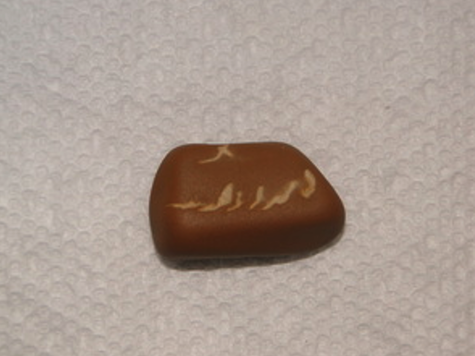
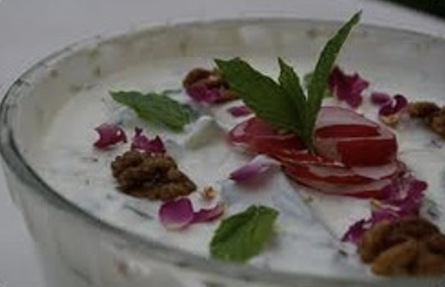
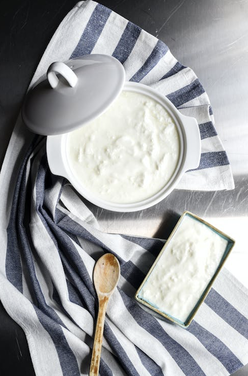
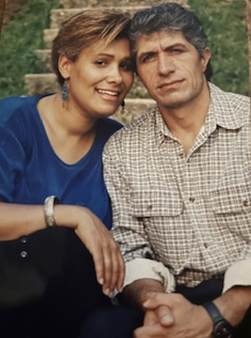
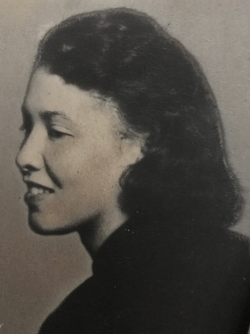
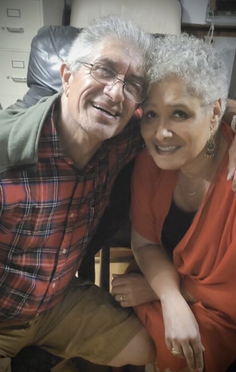
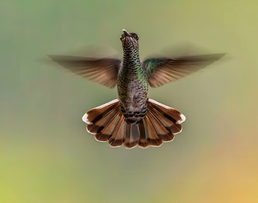
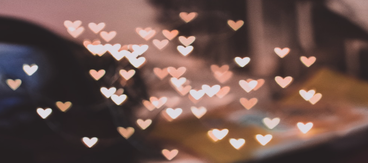
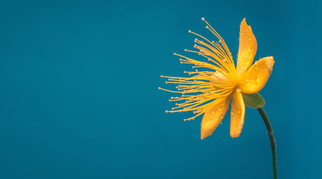
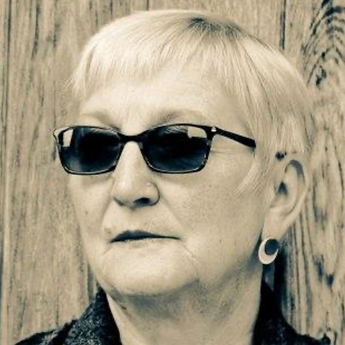
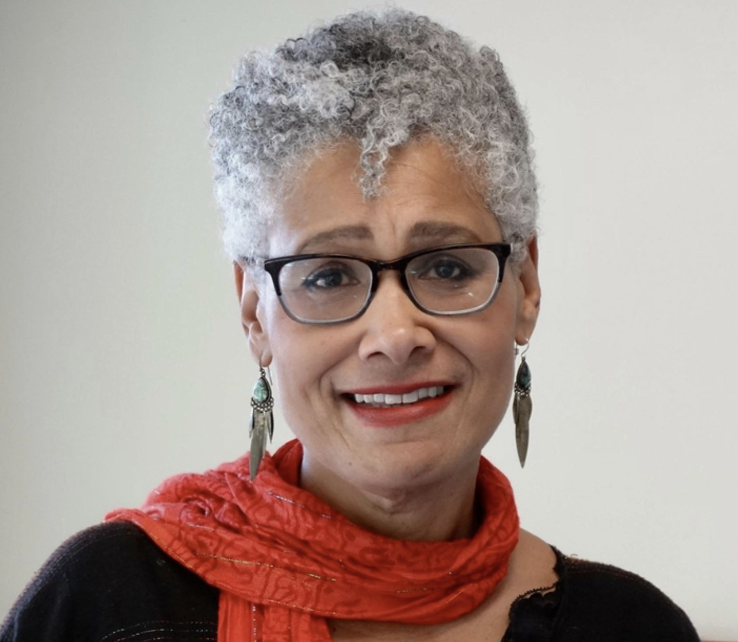
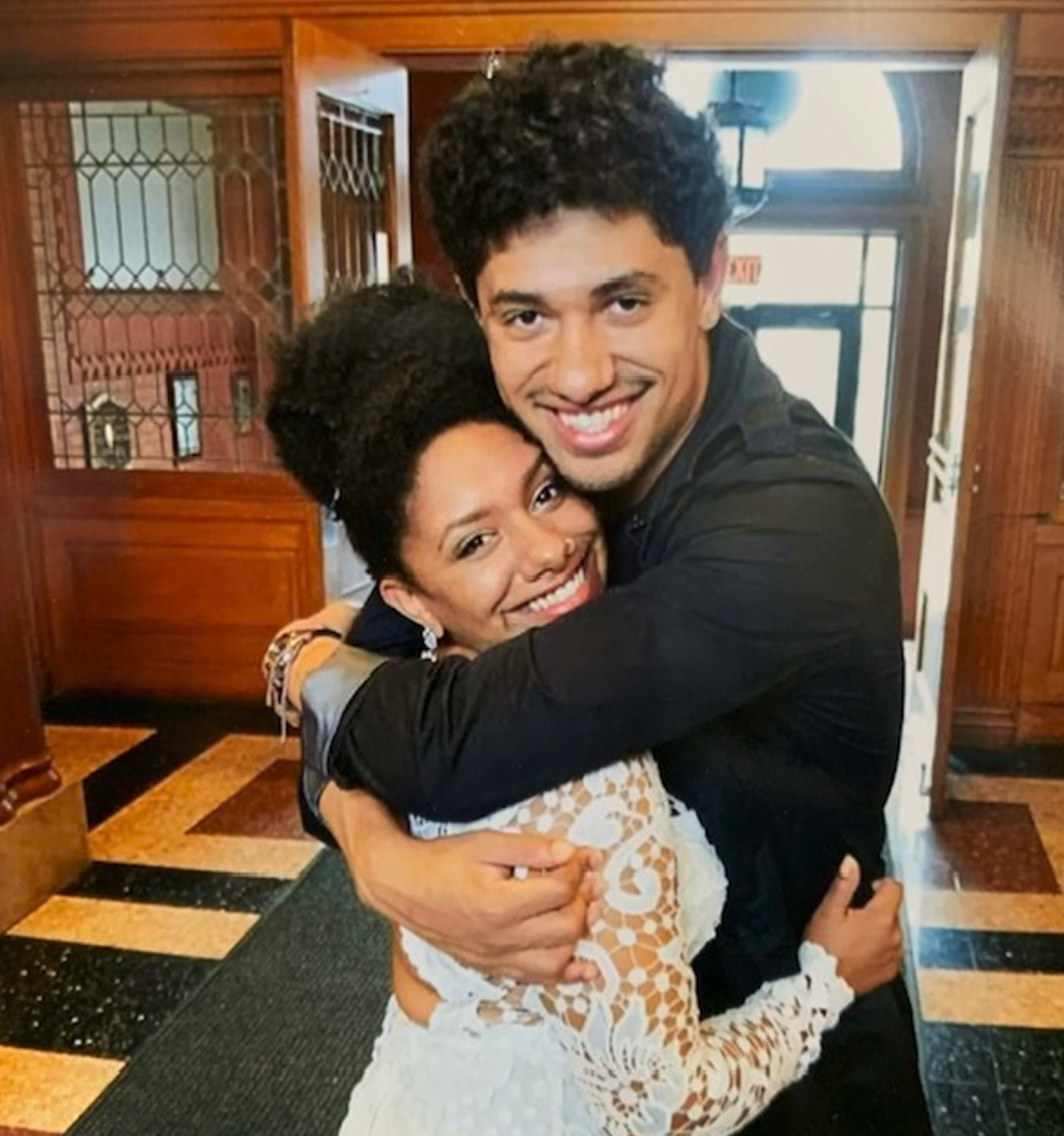
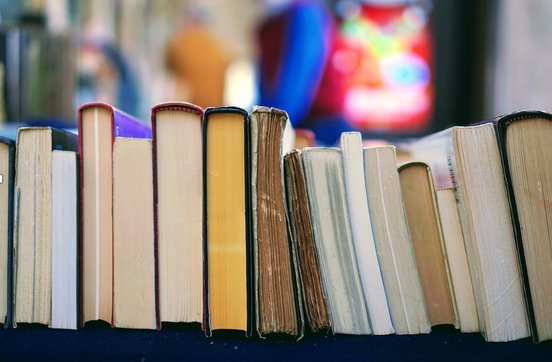

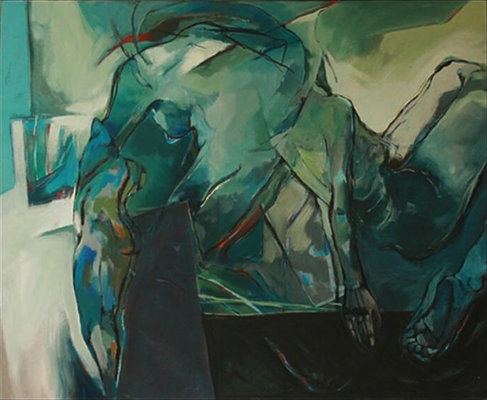
 RSS Feed
RSS Feed